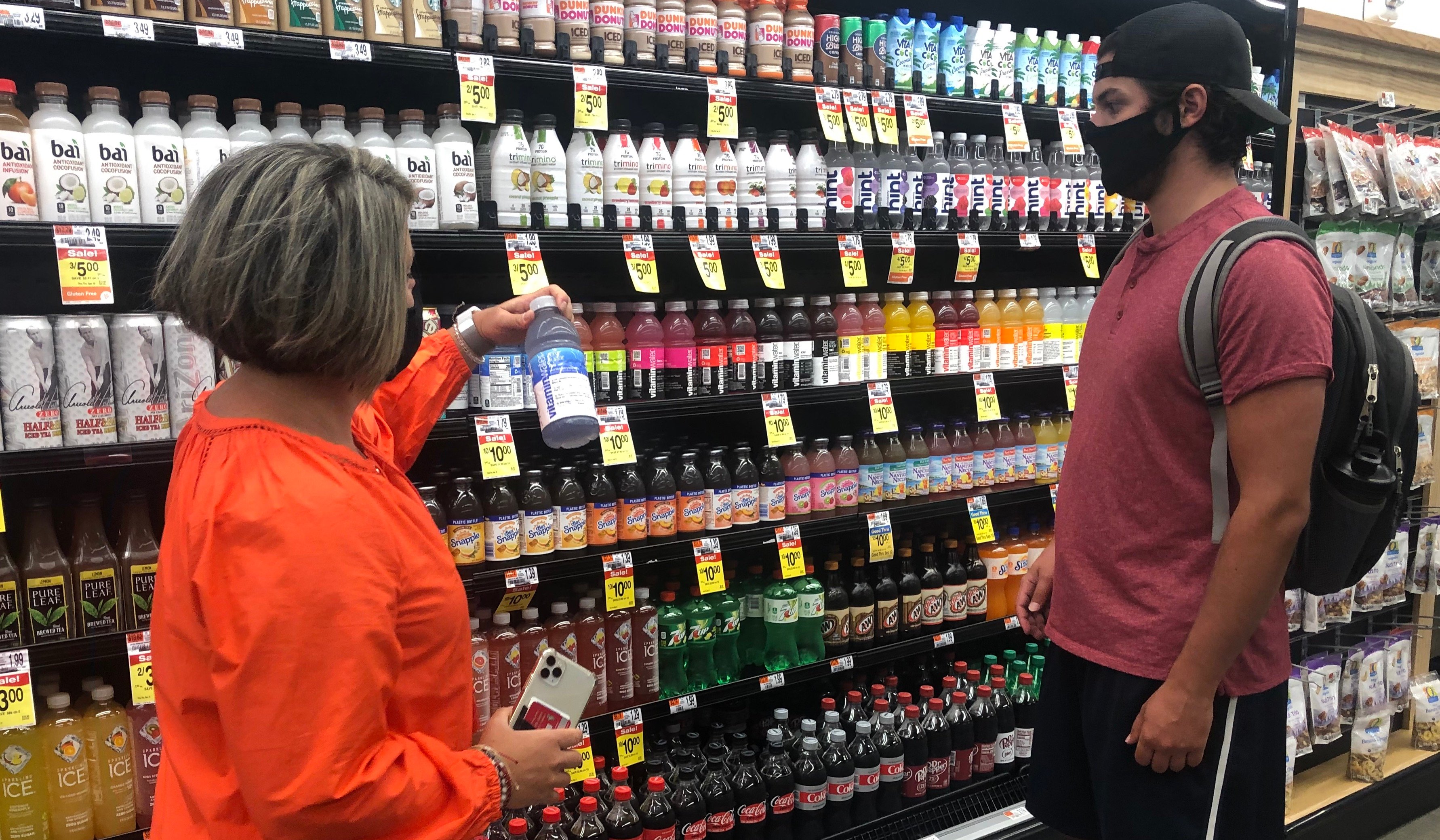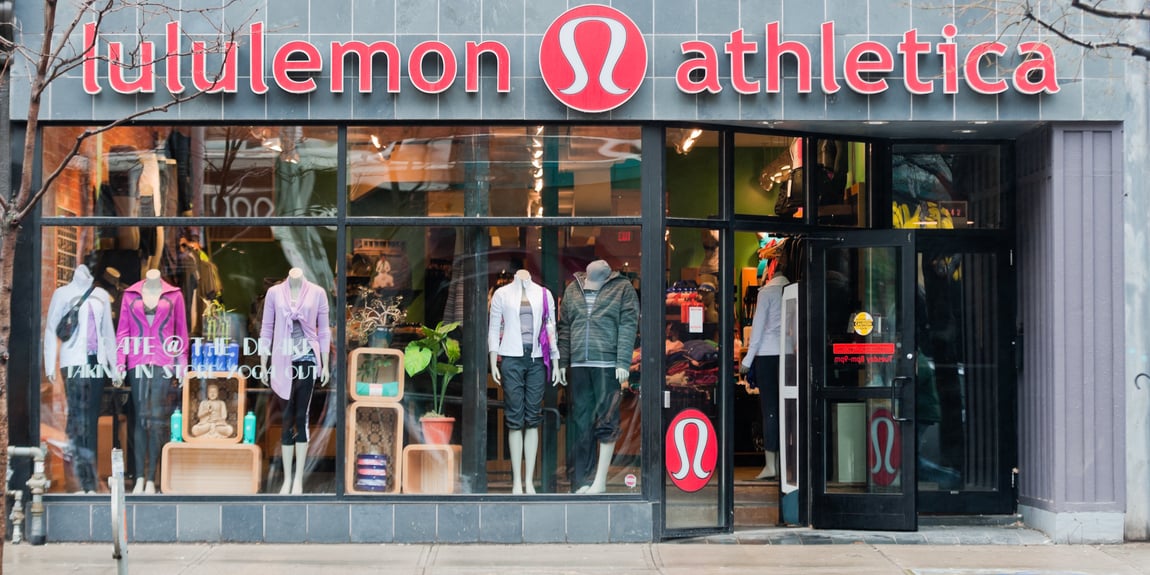
Self-service (or open sell) retail isn’t a new concept for brick & mortar stores and is most often associated with discount retailers. Designed to put the shopping experience in the hands of consumers, the format makes products easily accessible , and requires little or no associate interaction (think T.J. Maxx or CVS). Higher-end department stores like Bloomingdale’s have long favored a consultative approach to selling: In its beauty department, for example, product experts stand behind ornamental glass-case counters, proffering product samples, sharing make-up expertise and often delivering in-depth demonstrations.
As the industry shifts towards a more digital experience, in-store shoppers’ needs and expectations are poised to turn this dynamic on its head. Cosmetics retailer Sephora rose to the top spot in specialty beauty retail worldwide using the self-service strategy previously reserved for discounters. Instead of storing product behind counters or in drawers, the company set up interactive, digital displays that double as mini-salons that encourage consumers to engage with products. Consumers interact with online experts over a digital screen who educate them about different makeup types and styles. The company has also developed a mobile app to make it easy to browse and virtually try products.
Other retailers are also experimenting with their own self-serve models in-stores. Macy’s, which saw a faltering first quarter (total sales fell 7.4%), recently announced plans to test self-service in both its footwear and beauty departments in response to consumers’ digital shopping habits. But success with this in-store strategy requires much more than making products available to consumers, as Sephora’s success demonstrates. For self-service to sell, the consumer experience must be engaging, easy and educational.
Self-Service Starts with the Experience
Discount retailers have long followed this model that expects consumers to serve themselves: from finding the right size to accessing dressing rooms. Macy’s, says Pam Danziger, president of consulting firm Unity Marketing, should be careful to keep its self-service strategy about a new, digital experience, rather than seeming too much like discount retail. If they’re perceive as "bargain basement" they won't be able to hold command the more premium brand position (and pricing) in consumers' minds.
“Customers consider a purchase from Macy's as one that's a step above what they'd find at a T.J. Maxx, so this move could turn off a good segment of their consumers,” she says. “The key will be creating a store design that complements self-service and at the same time communicates a high-end experience.”
Macy’s can certainly take a page from the Sephora playbook here. Sephora’s success stems not only from its high-end feel—with the store’s sleek-looking design and black-and-white aesthetic—but also the technology it’s implemented to make the in-store experience fun and interactive. In-store digital selfie mirrors, for example, allow consumers to take photos of themselves wearing product to share on social media. And Sephora’s mobile app leverages augmented reality to allow consumers to easily experiment with different types of lip and eye makeup.
“There's nothing like touching the product and trying it on to help a consumer decide whether it's of value to them,” says Perry Kramer, vice president and practice lead at Boston Retail Partners. Stores like Macy’s and others looking to implement self-service need to make try-before-you-buy not just seamless, but engaging.
Make Finding Items and Purchasing Easy
To create the high-end experience Danzinger mentioned, maintaining quality service in-stores is essential. Sure, the self-service model, in many cases, includes the ability to check inventory and checkout without an associate, which keeps consumers from having to wait in line to pay or locate products. But this model also allows employees to focus more on service when it’s needed.
“Instead of standing at register stations checking out customers, they're providing assistance to shoppers,” says Chen Katz, vice president at retail marketing company Sagarmatha. “Brick-and-mortar shopping is supposed to be a fun experience, especially today. But when customers see long checkout lines that takes away the fun.” These lines also take away from sales: According to research from Duke University’s Fuqua School of Business, an increase in line length from 10 to 15 customers could decrease sales by as much as 30%.
For its part, Sephora has set up their stores to make the self-service shopping experience easy. Product is available on shelves for the grab-and-goers, and the retailer has also set up digital stations to facilitate experimentation. At these stations, consumers can watch video tutorials about how to use certain products. The tutorials are made not by a Sephora representative, but by notable social media personalities—a response their increasing influence, particularly for the rising Generation Z.
Keep Consumer Education in the Equation
Another crucial element of consumer engagement is education. This is typically the value-add of the store associate who relays differentiating product information to consumers. And in beauty, this is especially true: How do consumers know what color is their color? Who is there teaching them how to apply the different types of makeup?
In Sephora, that’s still the associate’s job, but their focus isn’t on every consumer. For consumers more familiar with a retailer or brand, associate interaction isn’t always necessary. Many regular shoppers know what they’re looking for, or want to be left alone to explore new options. In fact, in a 2015 Deloitte survey, nearly 50% of consumers who received assistance from a sales associate on their last store visit said they'd prefer to perform the same action themselves with their mobile device rather than speaking with an associate.
Instead, Sephora associates are focused on onboarding new consumers, the way a manager would onboard a new employee. In Sephora stores, associates are equipped to engage new consumers with a Color IQ device, designed to capture skin tone and correlate it to a specific number (the Color IQ). The consumer can use their Color IQ to better identify which of the many shades and tones of product are their best match. All Sephora associates have the device on-hand, and they’re its sole operators: new consumers must visit a Sephora store and approach an associate for a consultation to get their Color IQ. The program provides a perfect draw to the physical store, and an opportunity for a positive, personalized brand experience for first or second-time shoppers. And according to ThirdChannel data, when over 20 consumers in a week were engaged, sales jumped 57%.
Ultimately, to survive in the changing world of retail, “you just have to get the traffic,” industry analyst Karen Grant told the New York Times. While more than 90% of purchases still happen in in brick-and-mortar locations, the competition for that foot traffic and related purchases is getting fierce as an increasing number of consumers opt online. Sephora has turned its stores into experimental beauty parlors designed to draw consumers in every time they’re interested in a new look, or even “just killing a few hours.” Other retailers can find success by making the experience in-stores entertaining and educational, while also offering convenience and a high level of service and support.



